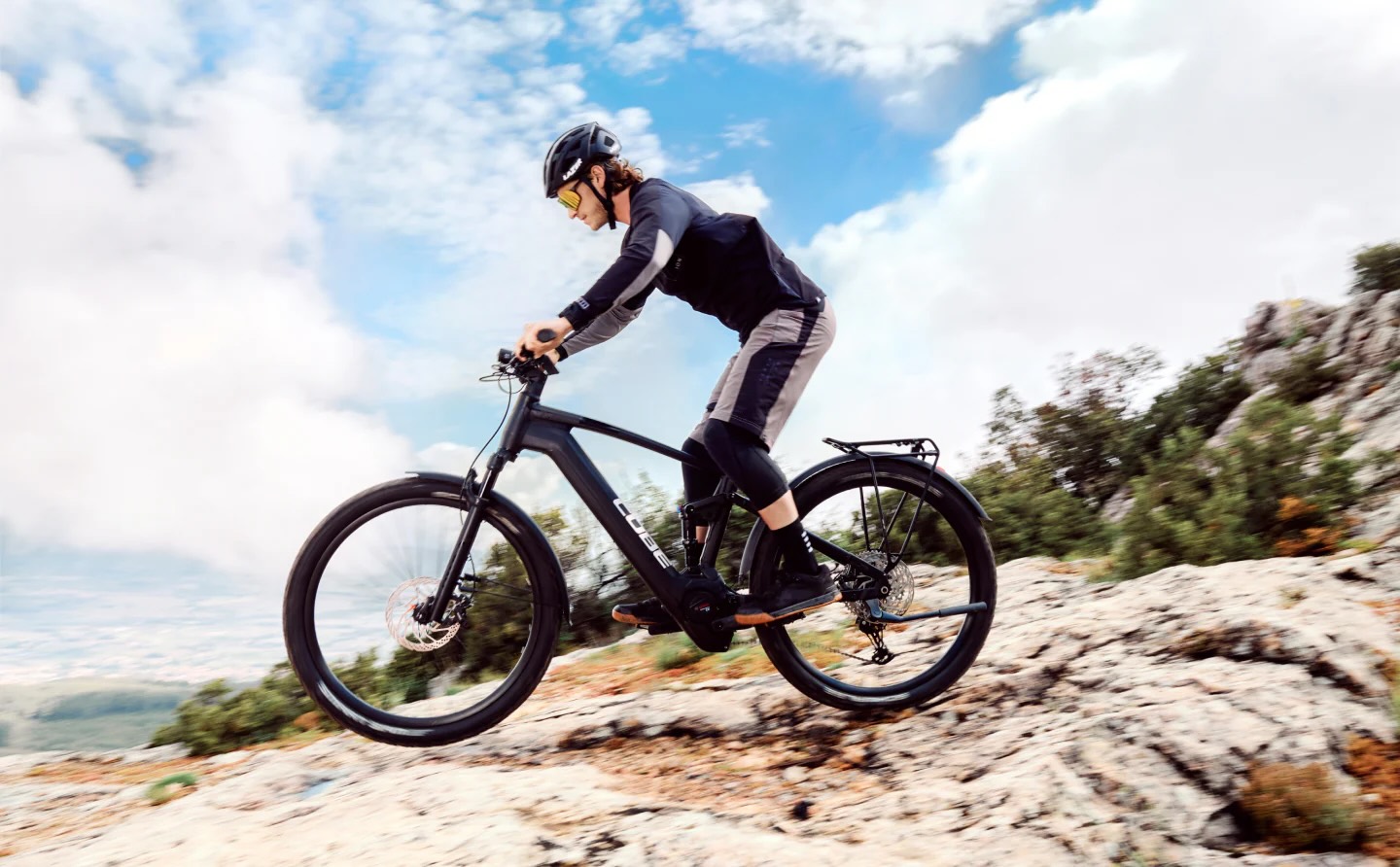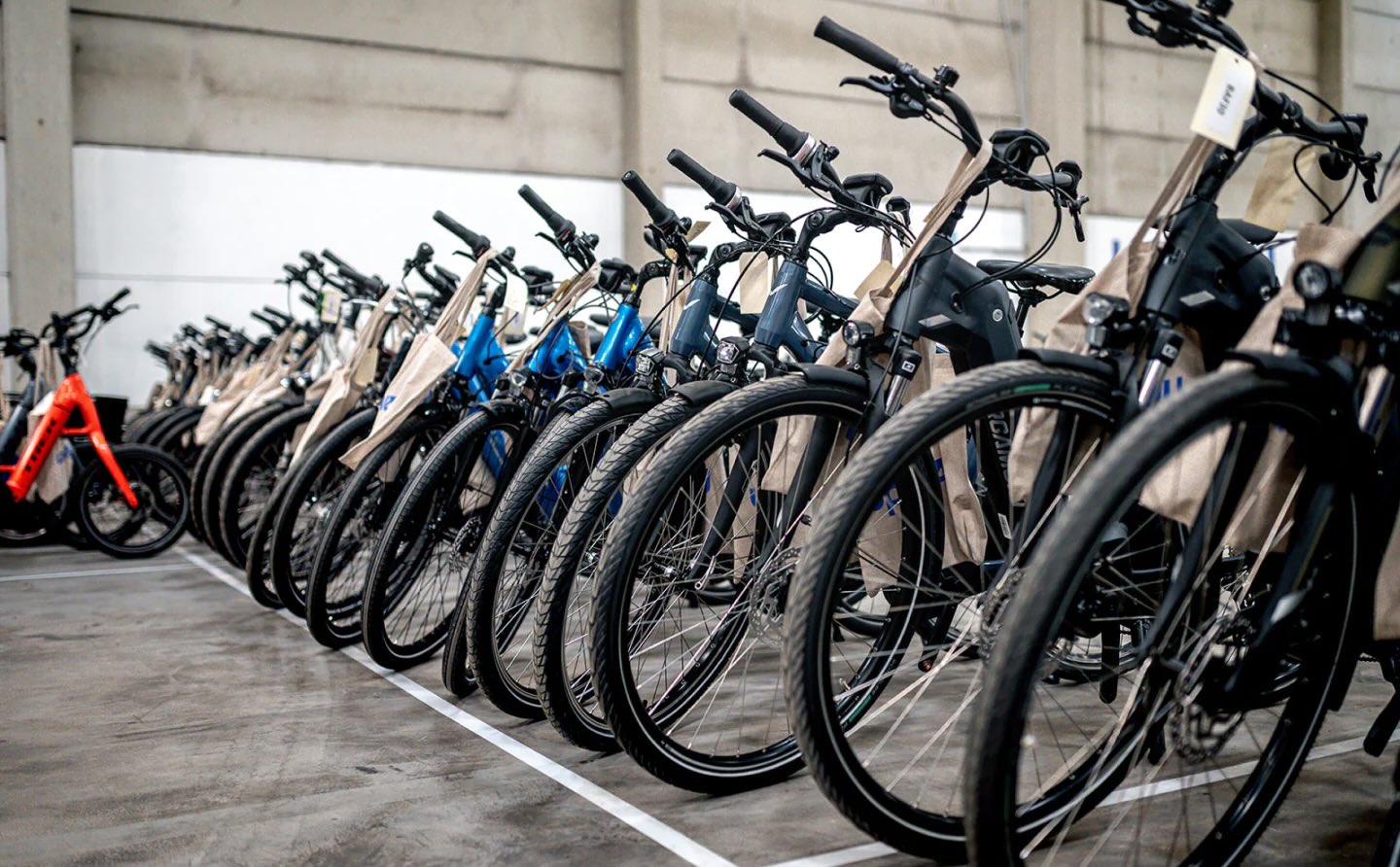After setting up his camera in the Nouabalé-Ndoki National Park, a 4,000-square-kilometer (1,545-square-mile) expanse of lowland rainforest in the northern part of the Republic of Congo, photographer Will Burrard-Lucas captured stunning shots of elusive wildlife.
"For me, the ultimate thrill is to photograph predators," Burrard-Lucas told Mongabay. "It was an incredible moment when I returned to one camera and found a photo of the most impressive male leopard I have ever seen!"
The biodiversity in the region is rich — 450 mammal species, 15,000 plant species, and 1,150 bird species roam the world's second-largest tropical rainforest area, according to Interactive Country Fiches. Burrard-Lucas set up four cameras in the national park. Such camera traps provide valuable research about the status of and threats to wildlife populations, particularly those that are endangered.
African forest elephants are among the critically endangered species in the area that the cameras managed to capture. Other delightful creatures caught in action — often at night — include duikers, water chevrotains, giant pangolins, etc.
Seraphin Ngouna, a staffer at one of Nouabalé-Ndoki's research sites, told Mongabay, "These photos are amazing; I am really happy that thanks to these cameras we are able to take pictures of the animals that are very difficult to spot."
Without intervention, such as reduced interaction with humans or habitat protection, the next step for endangered species can be extinction. However, such candid photography can help researchers and governments document what species are endangered and how to help. Doing so benefits the entire world, as a blend of different species from the plant and animal kingdom creates healthy biodiversity for a functional ecosystem.
Watch now: Rare anteater sighting sparks hope for wildlife in South America
Conservation efforts have proved to work, such as with the monarch butterfly. After facing threats due to the extensive loss of their sole food source, milkweed, the area the monarch butterfly covers has doubled from 2024 to 2025. University of Wisconsin-Stevens Point researchers have developed heat-sensing drones to protect threatened waterfowl.
The stunning photos from the Congo were a hit in the comments. "Absolutely brilliant photo," one person said. "Well done all of you involved in this project." Another remarked, "This is amazing."
Editor's note: A previous version of this article misidentified the Nouabalé-Ndoki National Park as being within the Democratic Republic of Congo, rather than the Republic of Congo. It has been updated to reflect the correct location.
|
Do you think America does a good job of protecting its natural beauty? Click your choice to see results and speak your mind. |
Join our free newsletter for good news and useful tips, and don't miss this cool list of easy ways to help yourself while helping the planet.
TCD Picks » Upway Spotlight



















